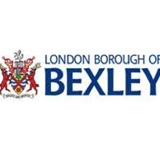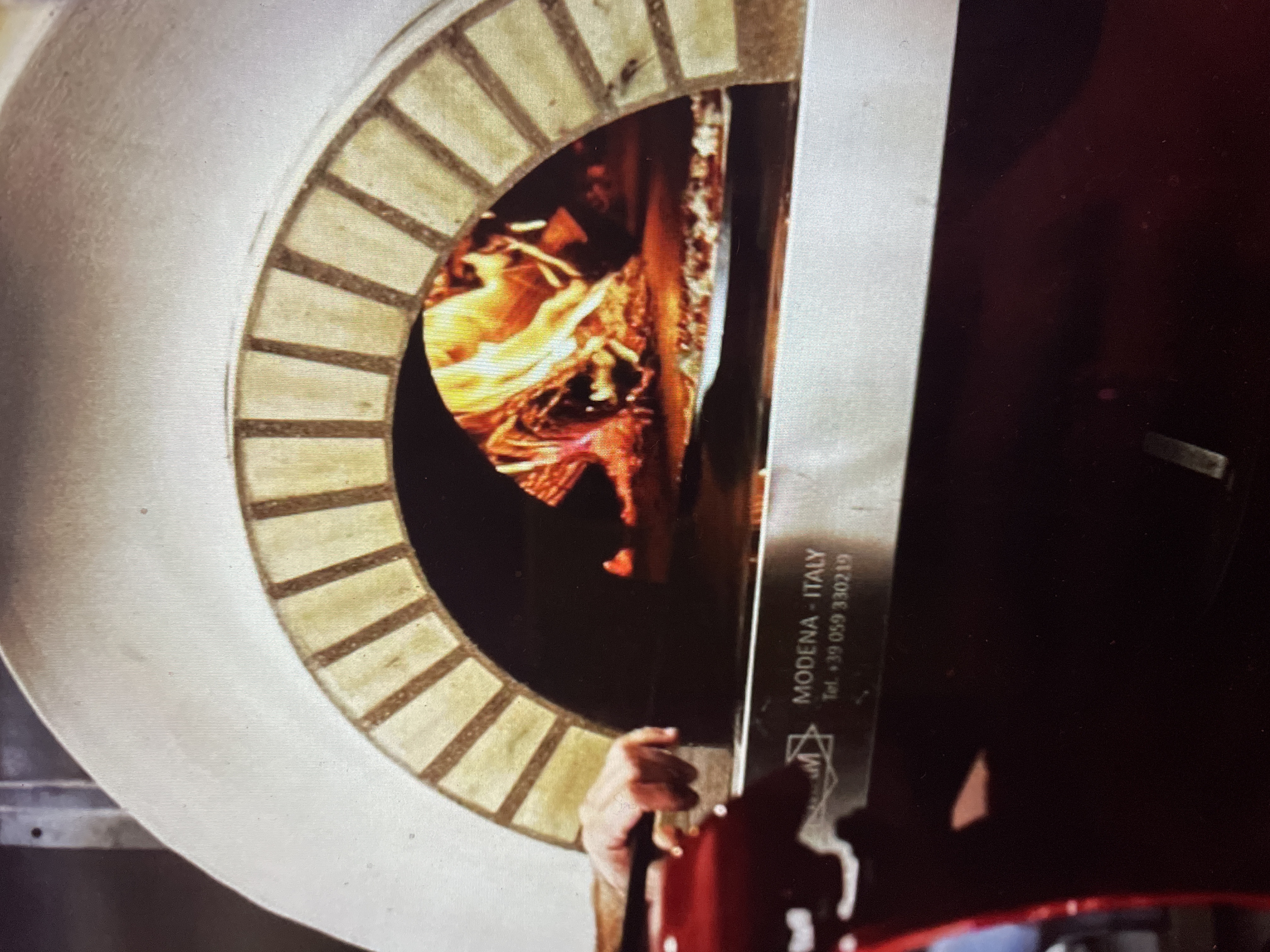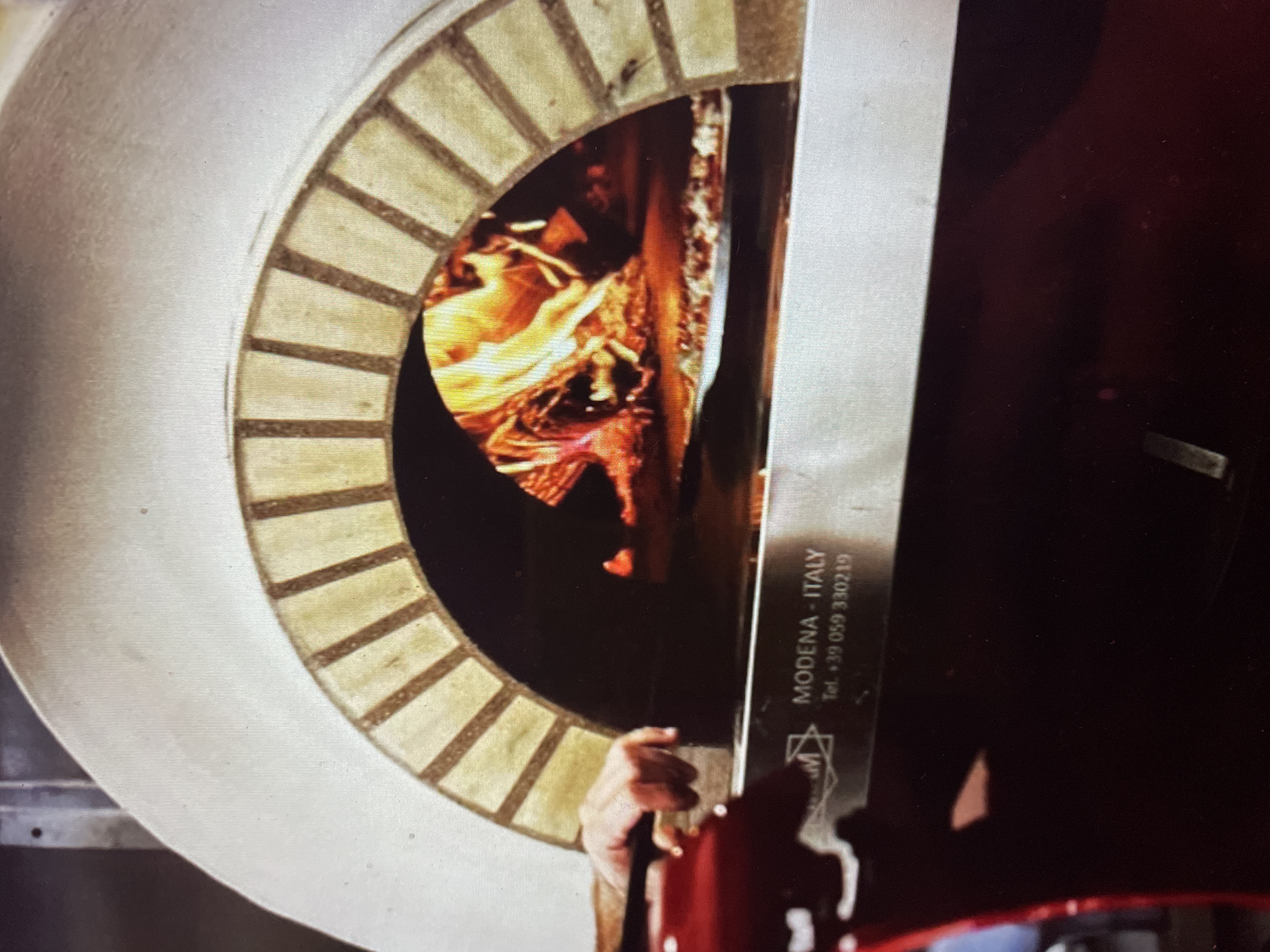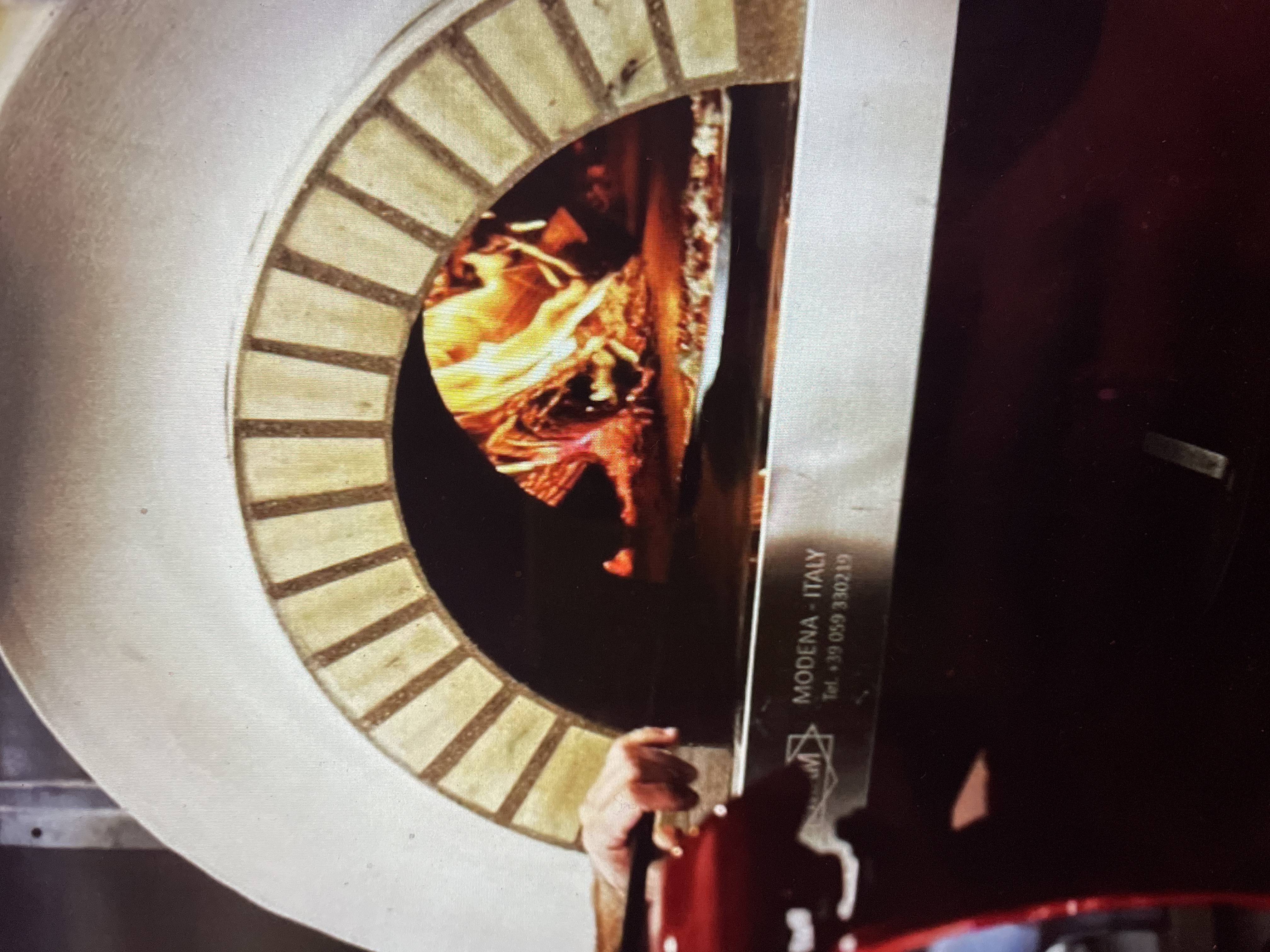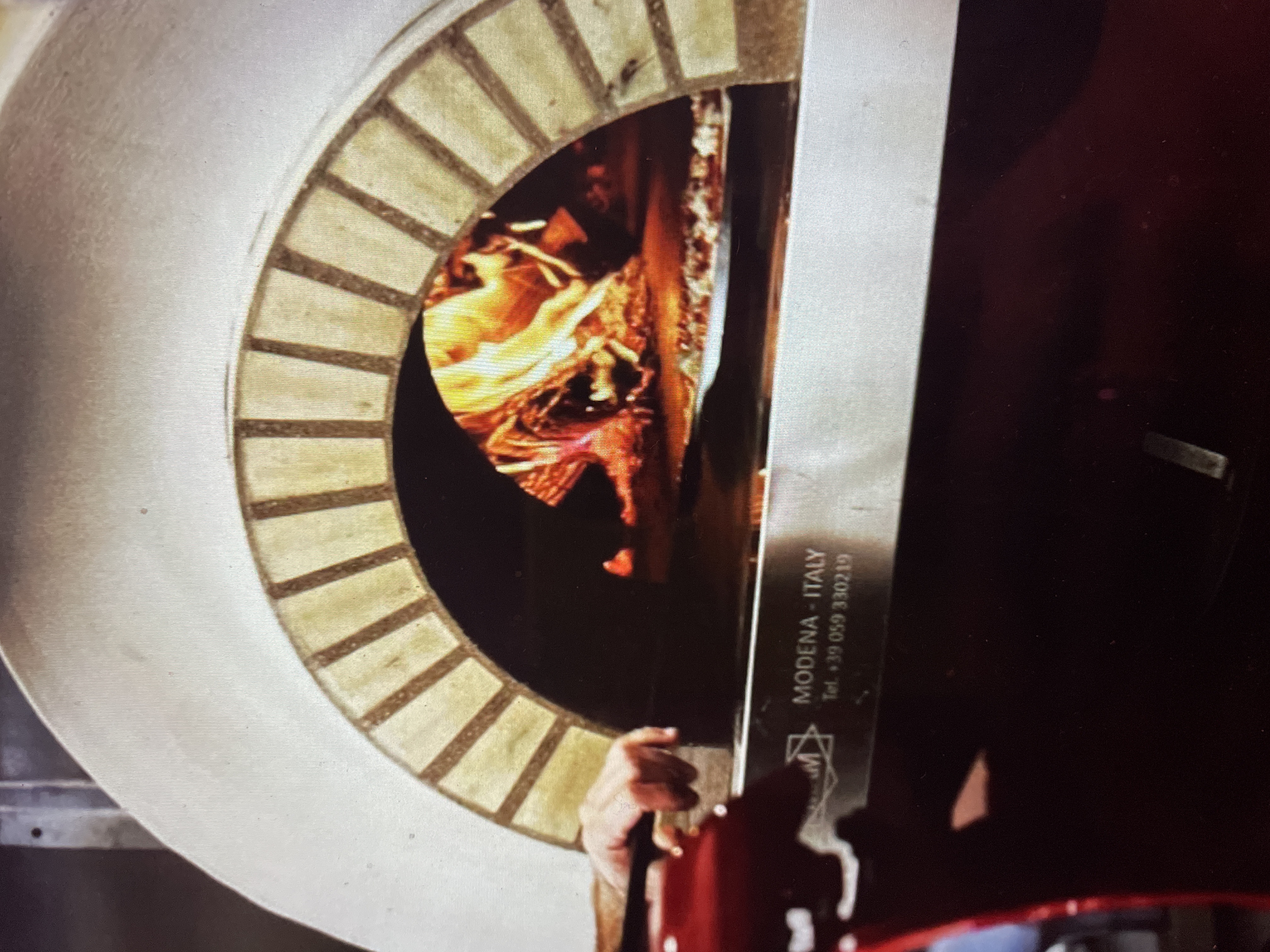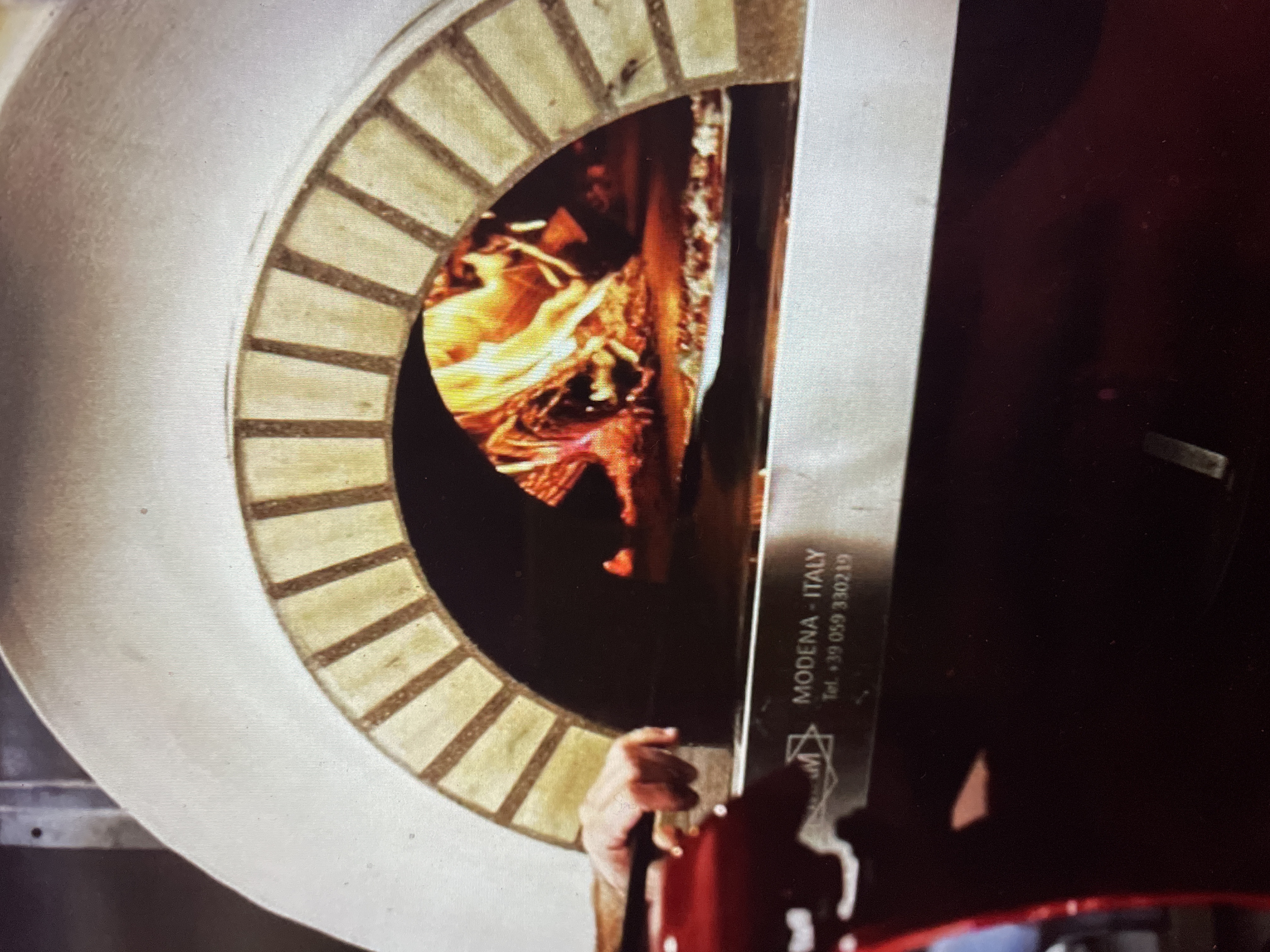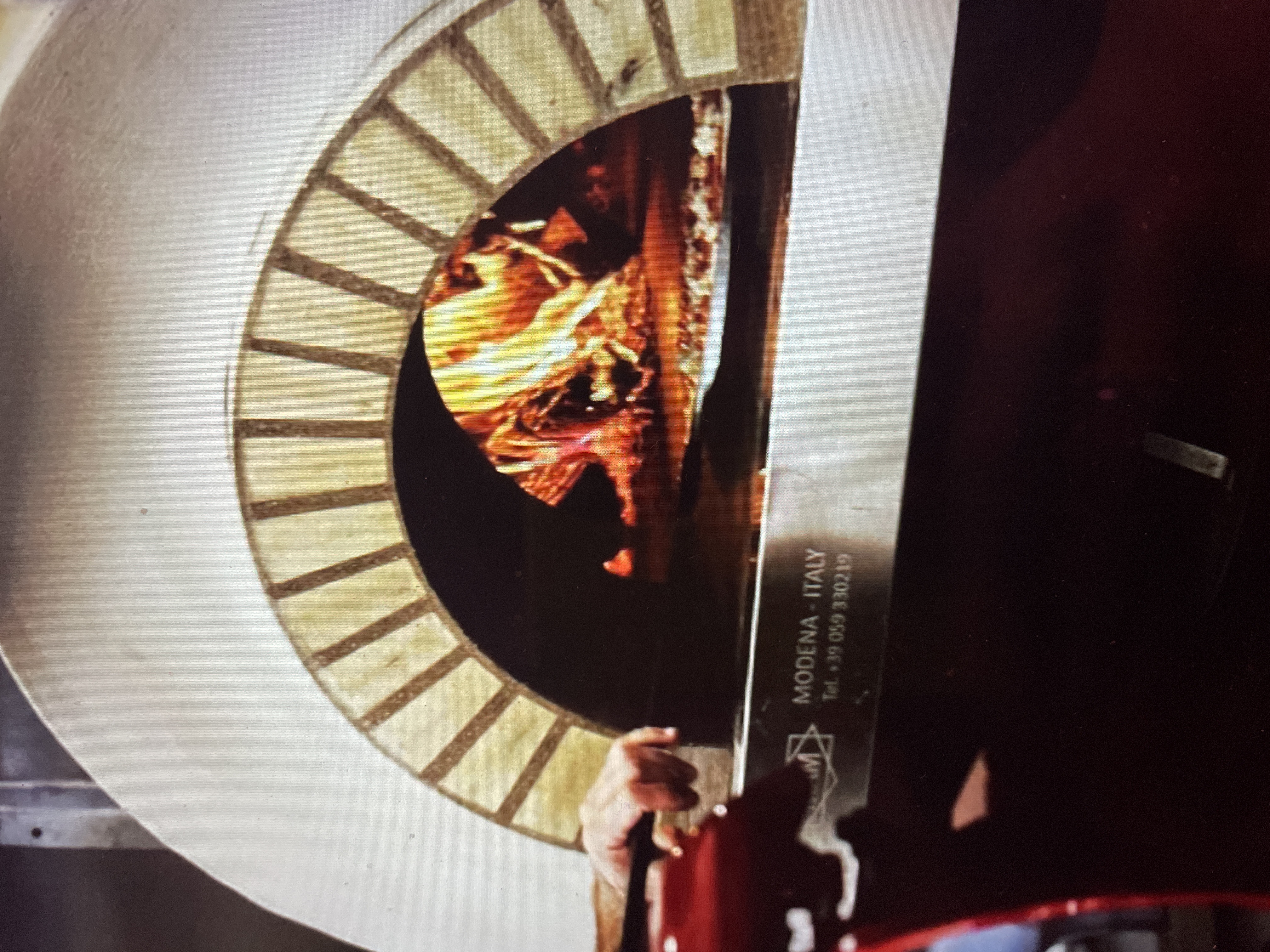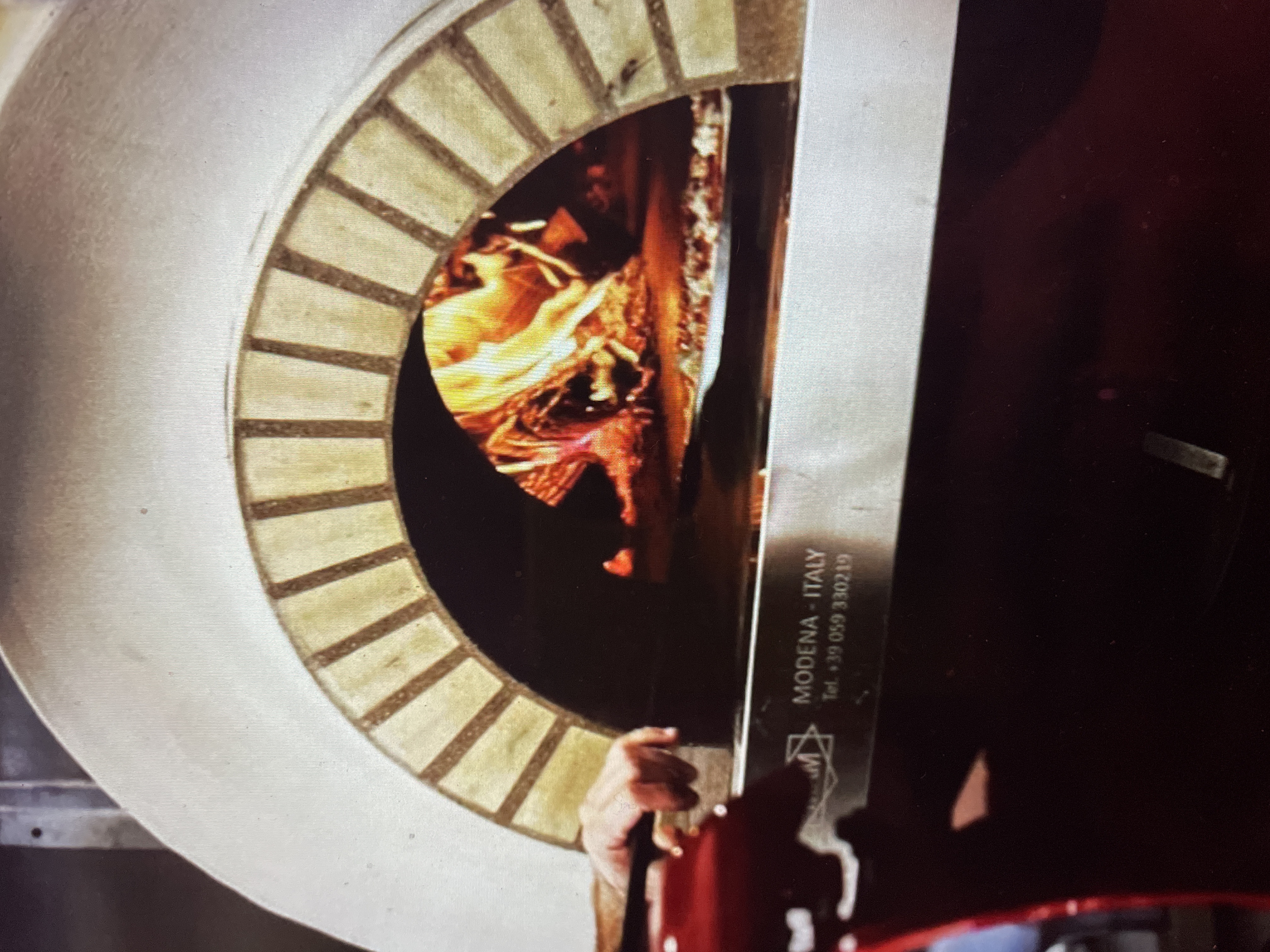Information
-
Document No.
-
Audit Title
-
-
Client / Site
-
Conducted on
-
Prepared by
-
Location
-
Personnel
-
Proprietor
-
Manager
-
Primary Authority
-
Opening hours
-
Tel. no.
Red Flag Issues from this inspection
POLICY ARRANGEMENTS
-
Food premises registration document available & signed
This Inspection
-
Type of visit
-
Purpose
-
Intervention
-
Unannounced visit?
Background
-
Customers
-
Comments
-
Is food solely for consumption on the premises?
Foods
-
What types of food are sold
-
Eggs/Soft cheese?
-
What processes apply?
- Storage
- Preparation
- Cooking
- Sale
- Delivery
-
Raw milk?
-
What processes apply?
- Storage
- Preparation
- Cooking
- Sale
- Delivery
-
Other dairy?
-
What processes apply?
- Storage
- Preparation
- Cooking
- Sale
- Delivery
-
Open/unwrapped raw meat?
-
What processes apply?
- Storage
- Preparation
- Cooking
- Sale
- Delivery
-
Per packed raw meat?
-
What processes apply?
- Storage
- Preparation
- Cooking
- Sale
- Delivery
-
Fish and/or shellfish?
-
What processes apply?
- Storage
- Preparation
- Cooking
- Sale
- Delivery
-
Fruit &vegetables?
-
What processes apply?
- Storage
- Preparation
- Cooking
- Sale
- Delivery
-
Cooked meat, or fish/shellfish?
-
What processes apply?
- Storage
- Preparation
- Cooking
- Sale
- Delivery
-
Fish and/or shellfish (open)?
-
What processes apply?
- Storage
- Preparation
- Cooking
- Sale
- Delivery
-
Fish and/or shellfish (wrapped/packed)?
-
What processes apply?
- Storage
- Preparation
- Cooking
- Sale
- Delivery
-
Sandwiches/pies?
-
What processes apply?
- Storage
- Preparation
- Cooking
- Sale
- Delivery
-
Confectionary?
-
What processes apply?
- Storage
- Preparation
- Cooking
- Sale
- Delivery
-
Alcoholic drinks?
-
What processes apply?
- Storage
- Preparation
- Cooking
- Sale
- Delivery
-
Alcoholics beverages/soft drinks?
-
What processes apply?
- Storage
- Preparation
- Cooking
- Sale
- Delivery
-
Bakery?
-
What processes apply?
- Storage
- Preparation
- Cooking
- Sale
- Delivery
-
Other?
-
Specify?
-
What processes apply?
- Storage
- Preparation
- Cooking
- Sale
- Delivery
General premises
-
Are the Walls in good repair, non absorbent and easy to clean?<br> <br>Walls Y N Floors Y N Ceilings Y N Doors and Windows Y N <br> <br>
-
Are the floors in good repair, non absorbent and easy to clean? <br> <br>
-
Are the ceilings in good repair, non absorbent and easy to clean?<br> <br>
-
Are the doors and windows in good repair, non absorbent and easy to clean? <br> <br>
-
Do you have toilets on the premises?
-
Do you have a wash hand basin nearby with a supply of hot water, soap and hygienic hand drying facilities?<br> <br>
Cooking & Preparation Methods
-
Salting, curing or smoking?
-
Traditional/full preparation?
-
Cooking from chilled?
-
Cooking from frozen?
-
Open foods handled?
-
Cook/chill?
-
Cook/freeze?
-
Foods prepared in advance?
-
Hot holding?
-
Reheating?
-
Foods cooked in advance?
-
Raw egg dishes?
-
Sandwich preparation?
-
Preparing meat products?
-
Microwaving?
-
Blast chill/freezing?
-
Packing?
-
Other (specify)
High Risk Processes
-
Sous vide?
-
Vacuum packing?
-
Meat slicing?
-
Bottling?
-
Chemical disinfection?
-
Other?
1. NATURE OF OPERATION & FOOD SOLD
-
General information, size of business, no of covers, weekly, high risk foods present ...
2. FOOD SAFETY MANAGEMENT SYSTEM (FSMS)
-
Type
-
Front section completed?
-
Staff training completed?
-
Cleaning schedule completed?
-
Cleaning schedule - alternative in place?
-
Is cleaning an issue?
-
Supplier details complete & up to date?
-
Opening check complete?
-
Reviews carried out?
-
Observations
-
Has an adequate analysis been done?
-
Have all of the food safety hazards been properly identified?
-
Have adequate/appropriate controls been identified?
-
Are control measures in place?
-
Have critical limits been properly set?
-
Are controls adequately monitored?
-
Are the monitoring procedures being maintained?
-
Have appropriate corrective actions been identified?
-
Are corrective actions being taken as specified?
-
Are reviews carried out?
-
Is there adequate documentation e.g. HACCP plan etc?
-
Are appropriate records maintained (e.g. Temp records etc)?
-
Outcome
3. TRAINING, SUPERVISION, & INSTRUCTION
-
How many staff handle open food?
-
Is induction training given?
Food Hygiene training
-
Managers & all food handling staff fully trained in appropriate safety & hygiene requirements?
-
Details recorded on personal training files?
-
Photocopies of certificates, etc available & held on file?
-
Available for each member of staff
-
Completed, dated, signed & up to date
-
Food hygiene training given during induction
-
Are staff trained to level 2?
-
How many staff have level 2 training or equivalent?
-
Member of staff
Staff member
-
Name
-
Course
-
Date
-
Certificate No.
-
Are staff trained to level 3?
-
How many staff have level 3 training or equivalent?
-
Member of staff
Staff member
-
Name
-
Course
-
Date
-
Certificate No.
-
Are staff trained to advanced/level 4?
-
Are staff trained to level 3?
-
How many staff have level 4 training or equivalent?
-
Member of staff
Staff member
-
Name
-
Course
-
Date
-
Certificate No.
-
Outcome
4. PURCHASING
Food Safety System / Due Dilligence records
-
Has an approved supplier list been created?
-
Have any checks been conducted on suppliers or certification obtained?
-
Has a hygiene policy been created and communicated to staff?
-
Are policies in existence relating to allergens, product withdrawal, food poisoning, glass, traceability and supplier approval?
5. WORKING PRACTICES
a) DELIVERY / RECEIPT
-
Hazards: contamination of product, inherent pathogens, bacterial growth ...
Controls: use reputable supplier, agree specification of product ...
Monitoring: visual checks, temperature checks, date marking, records ... -
Observations
-
Outcome
STORAGE & DELIVERY
-
Condition of delivery vehicles & driver checked & recorded
-
Condition of food checked and recorded
-
Chilled food delivered @ +8 deg C or colder
-
Frozen food delivered @ -12 deg C or colder
-
Date coding & food quality checked
-
Abused or damaged goods rejected
-
Deliveries not left unattended, uncovered, etc
-
Unwrapping/ decanting carried out in separate areas
Storage
-
Chilled/ frozen food stored without delay
-
Food stored on suitable racking off the floor (6")
-
Environmental factors satisfactory (temperature, etc)
Refrigerated / Freezer Storage
-
High risk chilled food stored @ or below +8 deg C
-
Frozen food storage @ -18 deg C or colder
-
Defrosted food never refrozen
-
Food containers sanitised before use
-
Use by date codes transferred to containers
-
Food not stored in open containers
-
Cardboard/wooden containers not used in refrigerators
-
Food not stored in open tins
-
Glassware not used to store food in refrigerators
-
In multi-use refrigerators are raw & cooked products separated to avoid the risk of cross contamination
-
Are egg's stored under refrigerated conditions & date marked
-
Refrigerators not overstocked/overloaded
-
Strict stock rotation being observed
-
All "open foods" kept wrapped, inc cheese, etc
Ambient Storage
-
Storage temperature is appropriate
-
Protective light shields (diffusers) cover all light sources
-
No open dried goods
-
Food not stored near chemicals
-
Date codes transferred to decanted food
-
Strict stock rotation being observed
-
No out of date dried goods identified
b) PREPARATION
6. TEMPERATURE CONTROL
F) TEMPERATURE MONITORING
-
Probe wipes available
-
Probe calibrated monthly & checks recorded
-
Annual formal calibration & certification available
-
Temperature test medium available in all refrigerators & used
-
Probe used to check fridge & freezer temperatures
-
Frequency check in line with company procedures (or at least twice a day)
-
Probe breakdown procedures in place
-
Action taken for unsatisfactory product temperatures
Temperature Records
-
Food deliveries (chilled & frozen)
-
All refrigerators
-
All freezers
-
High risk hot food core temperatures
-
Cold food display / salad service units (if applicable)
-
Hot food display/ service units (if applicable)
-
Records kept for at least 3 months
-
Outcome
7. STRUCTURE
Loose Fittings
-
Any loose fittings, nuts,bolts, screws, drawing pins, etc seen above food preparation areas
-
Notice boards not positioned above or in close proximity to food preparation areas
-
No drawing pins on notice boards
Maintenance
-
Defect reporting system in place
-
System for auctioning urgent defects in place
13. PERSONAL HYGIENE
Personal Hygiene Standards
-
All food handlers issued and trained in good hygiene guidance
-
Finger nails are short, unpolished & clean
-
Good personal hygiene practices being followed (seen @ time of inspection)
-
Long hair properly tied back, including waiting staff
-
Open sores, cuts, or splints & bandages on hands are completely covered while handling food.
-
No open wounds, sores, etc noted.
Clothing
-
Clean protective over-clothing worn
-
Suitable head covering provided & worn for all working within the food preparation area & food rooms
-
Over-clothing not worn outside work
-
Personal clothing stored appropriately
Bad Habits
-
Staff not eating or drinking in food rooms
-
Staff not coughing / sneezing over food, etc
-
Staff not fondling hair, picking nose, scratching, etc
-
No evidence of staff smoking in food rooms
Hand Washing
-
Did staff wash their hands between tasks (handling raw meat, seafood,, mops, garbage, etc).
-
Do staff wash their hands properly (hands are washed or gloves are changed at critical points)
-
"Wash you hands now" notices displayed in WC areas
-
Bacterial soap provided at all wash hand basins
-
Disposable paper towels provided & used to dry hands
-
Only approved jewellery worn
Staff illness
-
Management fully aware of procedures to follow in the event of staff illness
-
Catering staff fully aware of procedures to follow in the event of illness
-
Return to work sickness forms / questionnaires completed
Pre employment Screening
-
Pre-employment questionnaires completed
-
Report of infection declaration forms signed
Recommendations
-
Client's Representative
-
Auditors Signature
